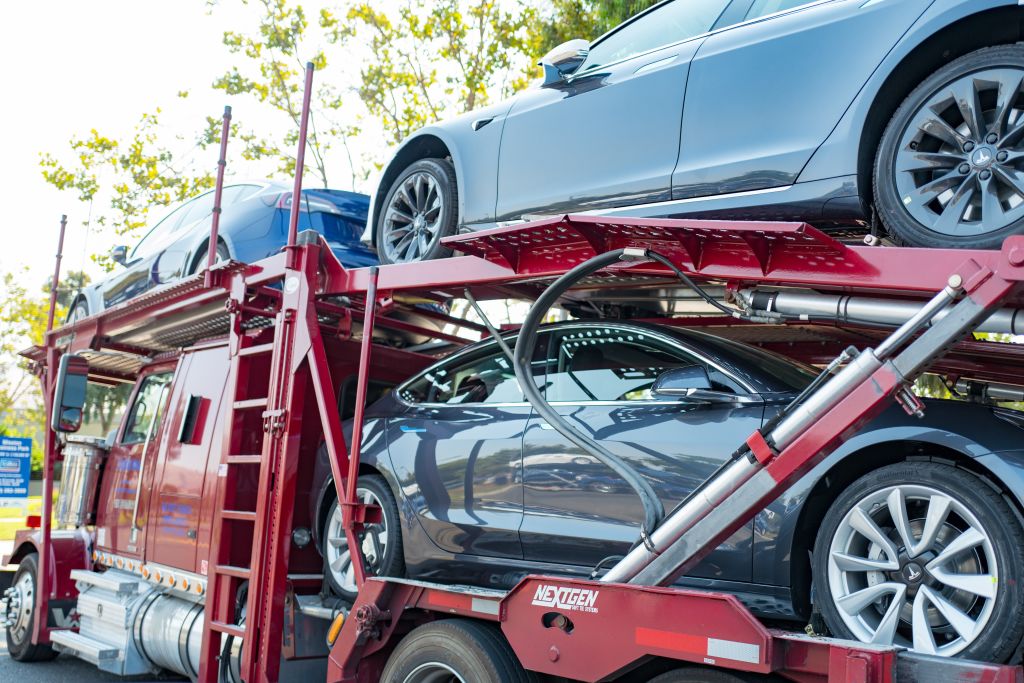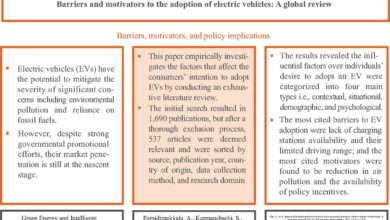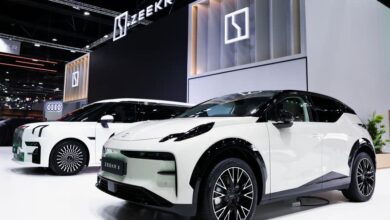Tesla ditches EV inventory price discounts as Elon Musk moves to ‘streamline’ sales and delivery


Image Credits: Smith Collection/Gado / Getty Images
Tesla has ended discounts on inventory across its electric vehicle lineup — even as sales for EVs have flagged — as part of a larger and vague plan by CEO Elon Musk to “streamline the whole Tesla sales and delivery system.”
“It has become complex and inefficient,” Musk wrote in a post on X, the social media company he owns, in response to another user’s comment.
Musk’s announcement on X comes a day after thousands of Tesla employees lost their jobs. The layoffs, which will affect more than 10% of staff or about 14,000 people, were caused by poor financial performance, one source told TechCrunch.
One of Tesla’s delivery workers who was cut this week and spoke to TechCrunch on the condition of anonymity said their location was “short staffed” but still lost multiple employees. Tesla appears to have also eliminated most job listings — save a handful of postings related to its Manufacturing Development Program — from its North America careers page, suggesting a hiring freeze.
Rohan Patel, formerly Tesla’s VP of Public Policy and Business Development, told TechCrunch he also left the company Monday because of “[b]ig overall changes” at the company. Patel was one of two high-profile executives to leave Tesla this week, alongside Drew Baglino, formerly Tesla’s SVP of Powertrain and Energy.
The decision to end discounts across its lineup in the United States, including the Model 3, Model Y, Model S and Model X, is a bit of a whiplash moment for Tesla. The company raised prices for most of 2022. The following year, Tesla started regularly dropping prices on all its vehicles, with some models seeing a nearly 20% drop, a practice that has continued this year. In April, Tesla dropped the price of many long-range and performance Model Ys by $5,000 and rear-wheel drive versions by more than $7,000.
It also follows last week’s announcement that Tesla would drop the monthly subscription cost of its Supervised Full Self-Driving software, Tesla’s advanced driver assistance system, to $99 per month, down from $199 per month.
While the price-cutting of 2023 may have helped Tesla sell a record 1.8 million vehicles, the automaker’s margins have shrunk. And in the first quarter of 2024, Tesla’s delivery numbers fell year-over-year. The automaker also built more cars than it shipped, a trend that has continued in seven of the last eight quarters, which might indicate an area where Tesla will renew its focus this year.
In January, Tesla did warn sales growth could be “notably lower” in 2024 compared to previous years as it prepares to launch a new vehicle platform — the $25,000 EV that appears to have been scrapped in favor of launching a robotaxi by August.
It’s not clear how removing discounts on Tesla vehicles fits into the automaker’s new strategy to streamline sales and delivery. Tesla could not be reached for comment.
Tesla has received a lot of credit for its direct-sales model, which circumvents the traditional dealer setup (and took many years and legal fights to accomplish). But beyond the initial purchase, Tesla has almost always been making changes to its sales and delivery strategy. The automaker has almost always made changes to its sales and delivery strategy.
In late 2018, Musk said that Tesla bought an undisclosed number of trucking companies in order to ship increasing numbers of Model 3 sedans. In early 2019, Musk abruptly announced that Tesla would close many of its retail stores and lay off workers “to achieve the savings required to provide [the Model 3] and be financially sustainable. Less than two months later, the company reversed course. More recently, Tesla announced in late 2022 that its typical end-of-quarter scramble to make and ship as many cars as possible was proving increasingly difficult. Tesla said it was going to smooth out that process — but more than a year later, it’s still dealing with these quarterly bottlenecks.



